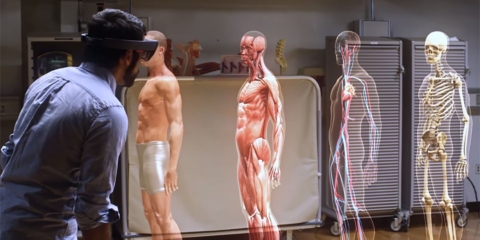Would you like to get notifications from Christian?
Researchers at the University of Cambridge have developed a new type of ultra-thin solar cell that can capture up to 65% of sunlight. The cells are made from silicon, but are much thinner than traditional solar cells, and can be produced using a standard printing process.
The new technology builds on previous work on ultra-thin crystalline structures and allows for more than double the solar light absorption of a traditional solar cell. This could lead to significantly increased efficiency in solar energy production. Imagine that we are able to generate more energy with fewer solar panels and a surface to cover. More applications will come within reach and sustainable development will move even faster. Well, how does this work? The ultra-thin solar cells are made of silicon, but use a disordered hyperuniform pattern to allow for increased light absorption. This is in contrast to traditional solar cells, which use a uniform slab of silicon. The new technology is still in development, but the researchers estimate that it could lead to a photovoltaic cell with higher efficiency – significantly higher than the currently available technology.
Dr. Marian Florescu, from the University of Surrey’s Advanced Technology Institute, said: “One of the challenges of working with silicon is that nearly a third of light bounces straight off it without being absorbed and the energy harnessed. A textured layer across the silicon helps tackle this and our disordered, yet hyperuniform, honeycomb design is particularly successful.
“There’s a lot of potential for using ultra-thin photovoltaic solar. Given how light they are, they will be quite useful in space, and they may make new extra-terrestrial projects feasible. We’re hoping there will be cost savings on Earth as well as the possibility to bring more advantages from the internet of things and create zero-energy buildings powered locally since they utilize so much less silicon.”
Christian is a futurist and trendwatcher who speaks about the impact of exponential technologies like AI on organizations, people, and talents. Christian tailors his presentations to your audience’s specific industries and needs.




Embracing the advancements of technology and AI can enhance our humanity. We can focus on developing our unique talents and skills by automating mundane tasks and freeing up our time. As humans, we can adapt and learn, allowing us to evolve and stay relevant in a rapidly changing world constantly.


Organizations will need to be more fluid, dynamic, and adaptable: the ability to change and adjust in response to new situations and environments. We are on the cusp of a new era of organizations, ones that are more fluid and agile and which behave like swarms we see in nature.


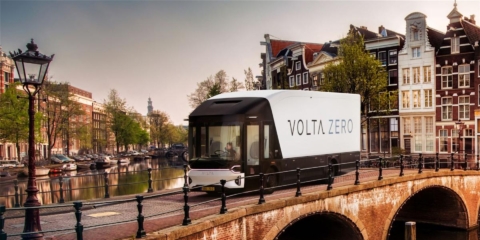
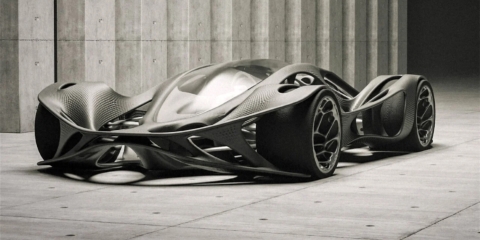
In the future, 3D printing and generative design will allow for products to be designed in a more decentralized manner, and production will take place closer to the customer and fully on-demand. 3D printing technology will also allow for more customization and personalization of products.
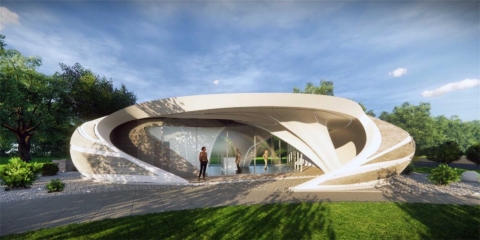

The agricultural industry is ripe for disruption. Robotics, AI, and IoT are all technologies that have the potential to radically transform the way we grow food. In combination with vertical farming, these technologies could increase the efficiency and quality of agricultural products.
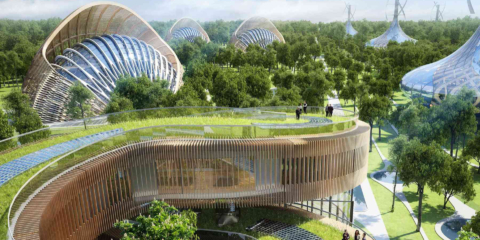
A human-centered society is one that puts people first and where technology is used to unite and empower people. It is a society that values biological life and dignity above all else. It is a society that recognizes the importance of human relationships and works to strengthen them. In a human-centered society, all members of the community are valued and treated with respect.
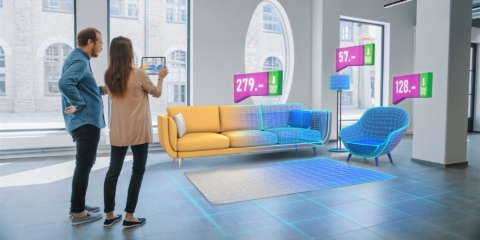
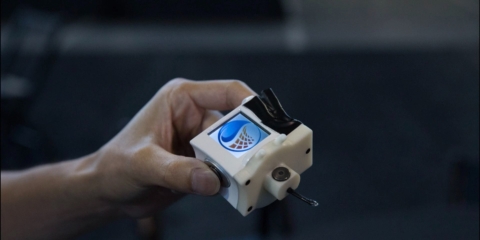
The future of healthcare is here. New technologies like AI, IoT, big data, and smart sensors make it possible to become the CEO of your own health. Imagine that your phone can listen to your voice and AI algorithms can detect small nuances in the tone of your voice that indicate specific diseases.
